“Flying Aces, December 1935″ by C.B. Mayshark
THIS May we are once again celebrating the genius that is C.B. Mayshark! Mayshark took over the covers duties on Flying Aces from Paul Bissell with the December 1934 issue and would continue to provide covers for the next year and a half until the June 1936 issue. While Bissell’s covers were frequently depictions of great moments in combat aviation from the Great War, Mayshark’s covers were often depictions of future aviation battles and planes, like December 1935’s thrilling story behind its cover gives us a possible glimpse into the future (of 1935) of what could happen should England go to war with Italy over access to the Suez Canal!
Sky Skirmish Over the Suez Canal
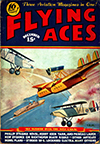 A BLOODY war that will draw in all the nations of the world—a conflict that will drain civilization of its youth—a conflagration that will make the World War seem like a series of practice maneuvers! All that, and more, is what many experts insist is now in store for us.
A BLOODY war that will draw in all the nations of the world—a conflict that will drain civilization of its youth—a conflagration that will make the World War seem like a series of practice maneuvers! All that, and more, is what many experts insist is now in store for us.
There is no doubt but what the Italo-Ethiopian situation is the gravest impasse that has confronted Europe’s statesmen since 1914. Proposals and counter-proposals have devolved into quibbling and bickering. As this is written, peace moves have been of no avail, and instead of the positions of the various nations becoming clearer and more easy to define, they have now been tightened in a web of confusion. It is extremely difficult for even those “on the inside†to make an open-minded analysis of the situation. Indeed, most reports are colored so that they overly favor either one faction or another. It is clear that it would be ridiculous for us to attempt to predict success for either side. Moreover, it is not our purpose to pass judgment as to right or wrong in this imminent war or even to vouchsafe an opinion as to the outcome. We seek to offer only a purely fictional viewpoint dealing with possibilities.
Newspapers are replete with news of the British Fleet maneuvers in the Mediterranean Sea. There is not one iota of a doubt in anyone’s mind as to the purpose of the operations. As a matter of fact, the British Government finally acknowledged the fact that the operations were other than routine. During the summer, the Italian Government has transported hundreds of thousands of troops and millions of dollars worth of war materials through the Suez Canal to the territory adjacent to Ethiopia.
The Suez Canal is controlled by the British, and one might think they would be happy at the thought of the increased traffic and the correspondingly increased revenue. That, however, is a much too simple conclusion. The problem that the Suez Canal offers is much more involved than that, for this thin strip of water is the key to the widespread British Empire.
As a matter of fact, the British are so adverse to an African conflict that there has even been talk of closing the Suez Canal. Should things come to a head, it is very likely that the Canal will be closed. Certainly the repercussions of such an act would be far reaching, and it was this thought that gave birth to the idea for our cover this month.
Assuming that the British have denied the Italians access to the Suez Canal, we can likewise assume that the Italians will retaliate. Let us suppose that a flight of flying boats has been dispatched from a base in Italy to proceed to the Canal region to force access, or gain it by intimidation. But a British aircraft carrier is found lying in the mouth of the canal, and with the first appearance of the Italian planes, orders are issued for flight preparations of several British two-seaters. As they take the air, the Italians veer off. Perhaps they did not expect any stiff opposition. However, the British are determined. The orders read that the aircraft carrier must remain in the mouth of the Canal and deny the entrance of any ship flying the Italian flag. Nor is the British Naval commander taking any chances on being bombed by the persistent Italians.
Sensing the fact that they must beat down the British two-seaters before they can accomplish their purpose, the Italians swing into action with a vengeance. Attacking in an echelon formation, they sweep in upon the British with all guns roaring. The leading Italian ship is the first one to become entangled, and the two-seaters pounce upon it with the vigor of tigers.
Banking and climbing with everything they’ve got, the British ships finally manage to attain a position of advantage. But the Italian flying boats are fast and easy to maneuver, and the two gunners in the bows of the twin hulls spray their opponents with lead. The bomber officer inside the Italian ship is also on the job and several bombs are released. As shown on our cover, these projectiles have caused a conflagration among buildings on the shore, but thus far the aircraft carrier has not been touched.
But how long can the British planes protect their mother ship—or, on the other hand, how long can II Duce’s machines be effective? Will some of those bombs blow the carrier to smithereens? All that is only a matter of conjecture. In an air battle, anything can happen. Nor does victory always go the strongest.
THE armaments of Italy and Great Britain present a truly interesting picture. England is admittedly the strongest on the sea, but the question of strength in the air is something that requires careful analysis. Italy possesses approximately 1,600 service planes and the home flying fields of most of the Italian squadrons are within easier striking distance of most of the areas where hostility is likely to occur than are the air forces of Great Britain, which is naturally forced to keep a good part of her air strength at home. Most likely the only British planes which would see any real action are those carried by King George’s aircraft carriers and by his other naval vessels.
At the present writing, it would seem that a war between England and Italy would be a war involving ships and airplanes. There is nothing which would be indicative of the outcome of such a conflict. Certainly. Italy’s submarines would supplement the fight of the Italian airplanes and surface craft, but on the other hand England’s ability to blockade Italy and thus inflict severe damage on Italian commerce must be taken into consideration.
Such a set-to, however, may never come to pass at all. The League of Nations is making a concerted effort to preserve the peace of Europe—and of the whole world. There is always a chance that the various overtures which are being made will finally be successful, and it is our devout hope that this will be the case. Yet, if worst comes to worst, it is likely that the conflict will be of short duration.
The Italian ship shown on this month’s cover is a Savoia-Marchetti S-55. It is a long range bomber and one of the most airworthy—and seaworthy—of the Italian flying boats. The British planes are Hawker Ospreys. They are two-seater, fleet reconnaissance ships and possess the fine features of performance that are to be found in all Hawker aircraft.
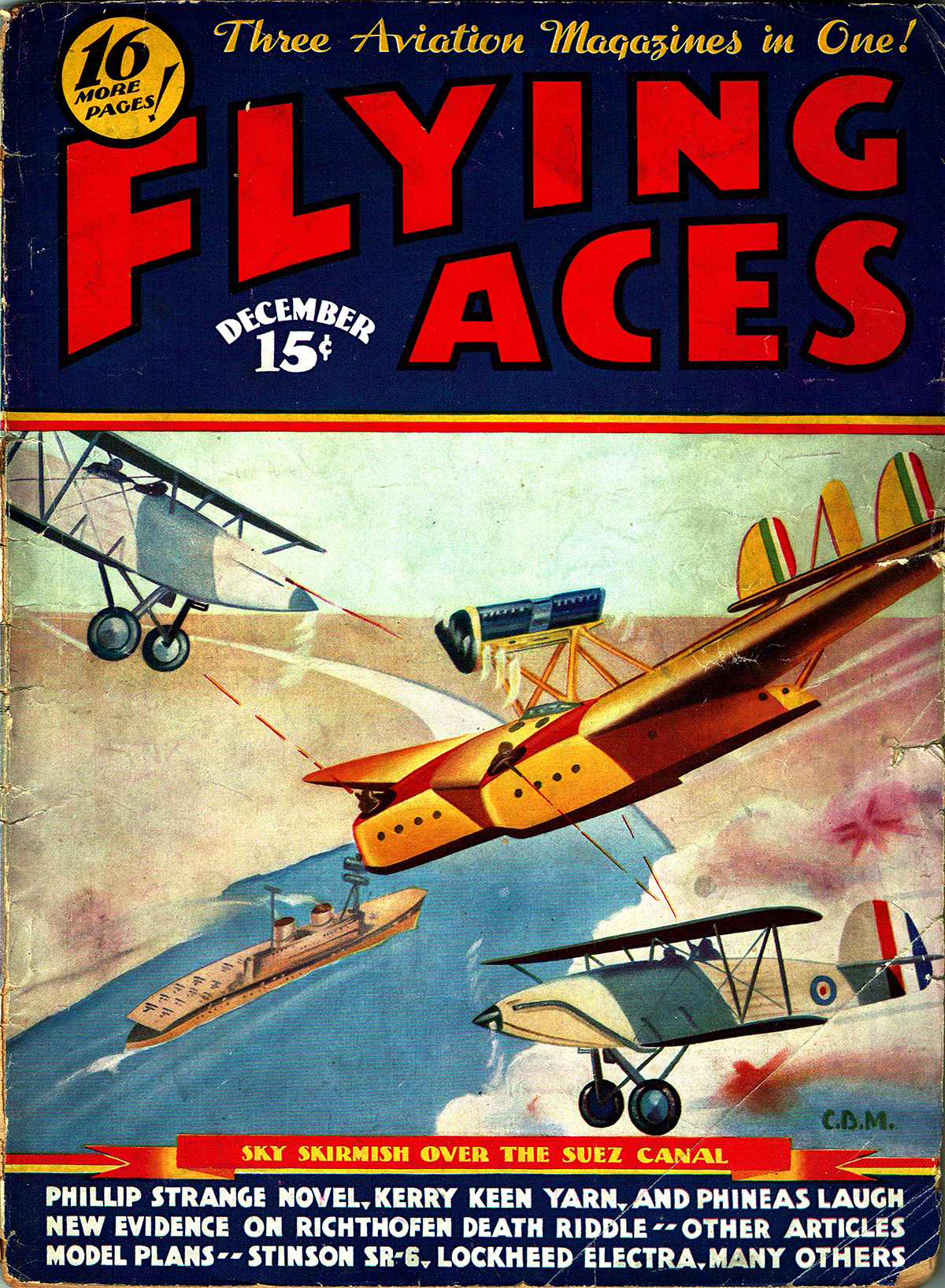
Flying Aces, December 1935 by C.B. Mayshark
Sky Skirmish Over the Suez Canal: Thrilling Story Behind This Month’s Cover





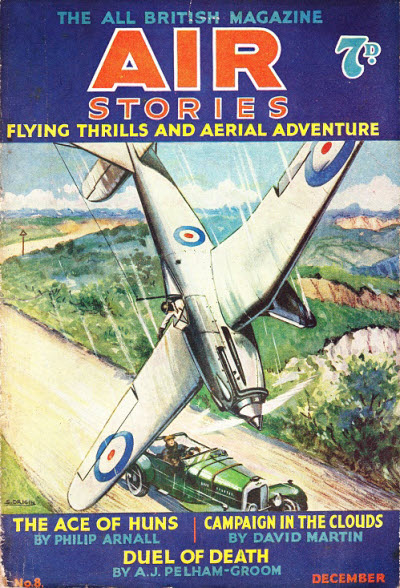 a story from the pen of British Ace,
a story from the pen of British Ace, 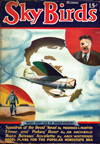



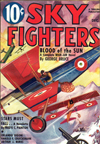


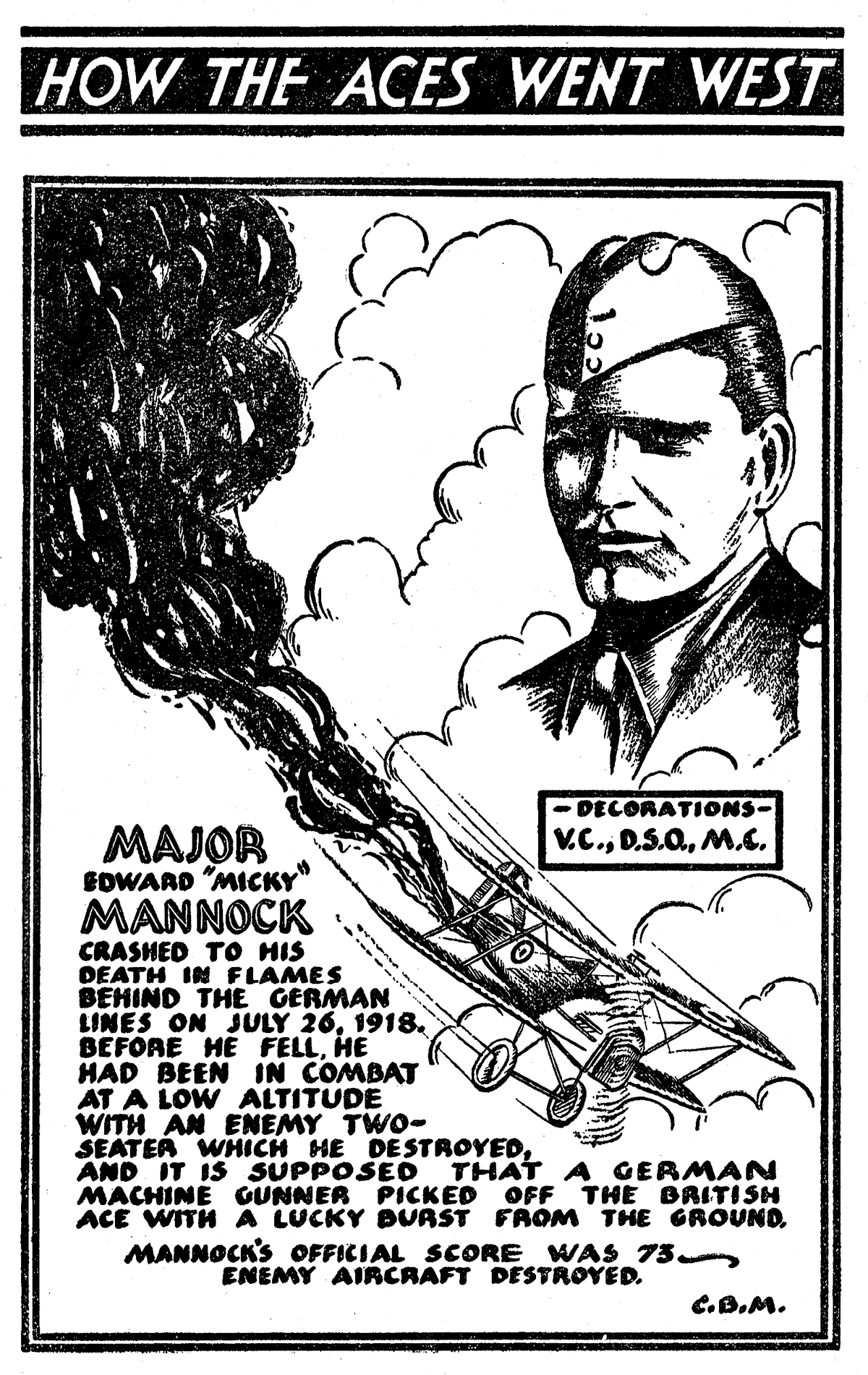
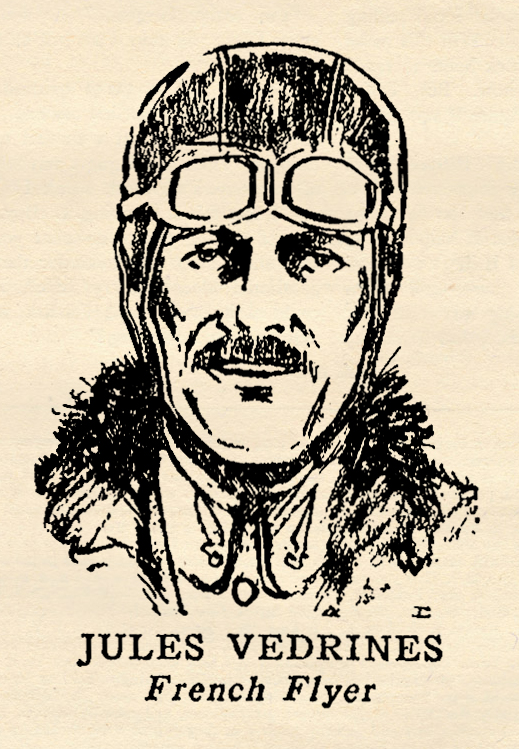 great war broke out Jules Vcdrines was the most famous flyer of France. He had twice won the Gordon Bennett speed trophy, and held both distance and altitude records. It was through his efforts that France wrested supremacy of the air from the United States and Great Britain. Along with Garros, Pegoud, Marechal, Le Blanc, Audemars, and other famous French flyers of his day, he enlisted in the French Flying Corps the day after war was declared.
great war broke out Jules Vcdrines was the most famous flyer of France. He had twice won the Gordon Bennett speed trophy, and held both distance and altitude records. It was through his efforts that France wrested supremacy of the air from the United States and Great Britain. Along with Garros, Pegoud, Marechal, Le Blanc, Audemars, and other famous French flyers of his day, he enlisted in the French Flying Corps the day after war was declared.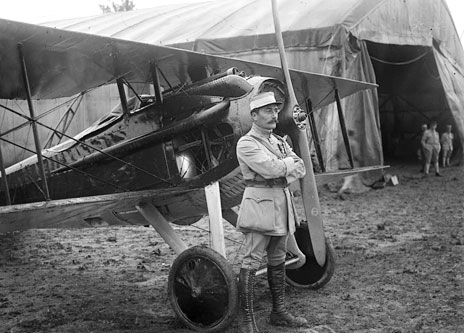
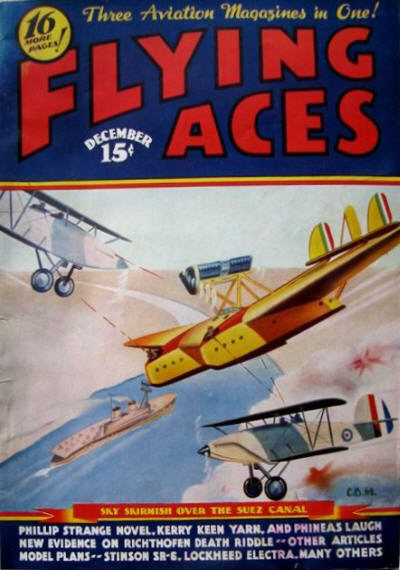 That sound can only mean one thing—it’s time to ring out the old year and ring in the new with that Bachelor of Artifice, Knight of Calamity and an alumnus of Doctor Merlin’s Camelot College for Conjurors—Phineas Pinkham.
That sound can only mean one thing—it’s time to ring out the old year and ring in the new with that Bachelor of Artifice, Knight of Calamity and an alumnus of Doctor Merlin’s Camelot College for Conjurors—Phineas Pinkham. 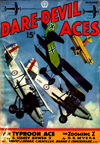
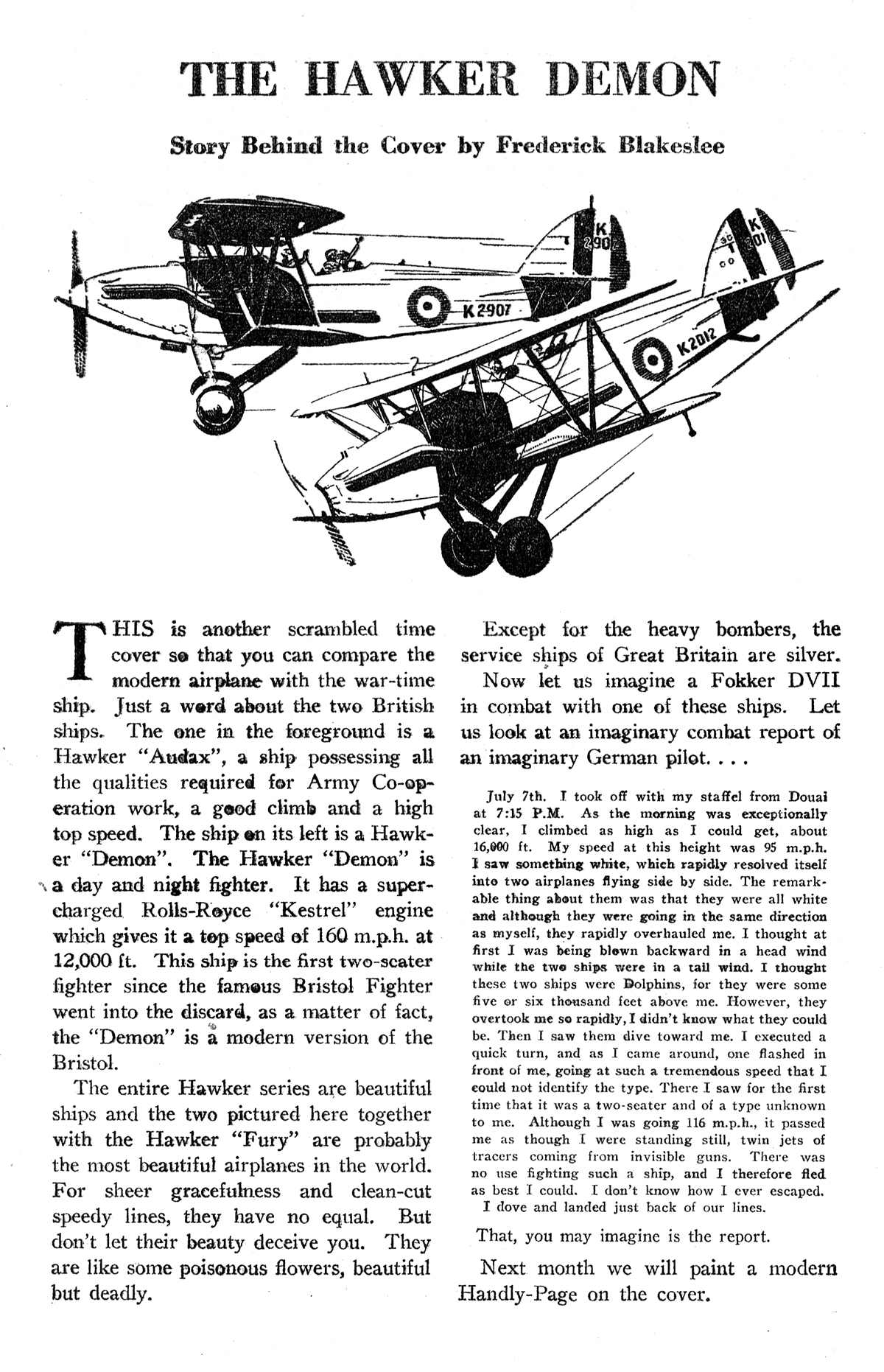
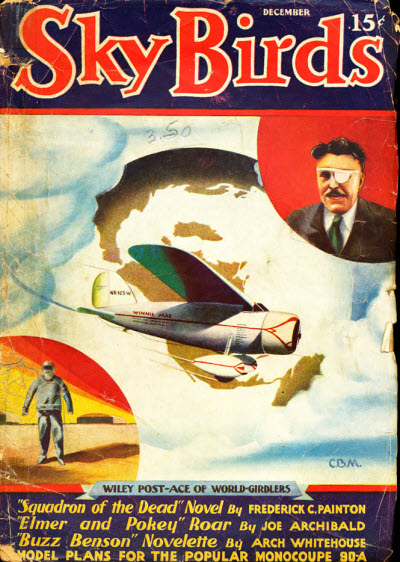 a story by
a story by